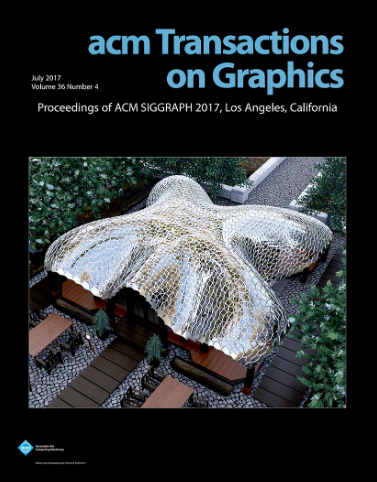Order Matters: Learning Element Ordering for Graphic Design Generation
IF 9.5
1区 计算机科学
Q1 COMPUTER SCIENCE, SOFTWARE ENGINEERING
引用次数: 0
Abstract
The past few years have witnessed an emergent interest in building generative models for the graphic design domain. For adoption of powerful deep generative models with Transformer-based neural backbones, prior approaches formulate designs as ordered sequences of elements, and simply order the elements in a random or raster manner. We argue that such naive ordering methods are sub-optimal and there is room for improving sample quality through a better choice of order between graphic design elements. In this paper, we seek to explore the space of orderings to find the ordering strategy that optimizes the performance of graphic design generation models. For this, we propose a model, namely G enerative O rder L earner (GOL), which trains an autoregressive generator on design sequences, jointly with an ordering network that sort design elements to maximize the generation quality. With unsupervised training on vector graphic design data, our model is capable of learning a content-adaptive ordering approach, called neural order. Our experiments show that the generator trained with our neural order converges faster, achieving remarkably improved generation quality compared with using alternative ordering baselines. We conduct comprehensive analysis of our learned order to have a deeper understanding of its ordering behaviors. In addition, our learned order can generalize well to diffusion-based generative models and help design generators scale up excellently.顺序问题:学习平面设计生成的元素顺序
在过去的几年里,人们对平面设计领域的生成模型产生了浓厚的兴趣。为了采用基于transformer的神经主干的强大的深度生成模型,之前的方法将设计作为有序的元素序列,并简单地以随机或栅格的方式对元素进行排序。我们认为,这种幼稚的排序方法是次优的,有空间通过更好地选择图形设计元素之间的顺序来提高样品质量。在本文中,我们试图探索排序空间,以找到优化图形设计生成模型性能的排序策略。为此,我们提出了一个模型,即G生成O阶学习器(GOL),它在设计序列上训练一个自回归生成器,并与一个排序网络一起对设计元素进行排序以最大化生成质量。通过对矢量图形设计数据的无监督训练,我们的模型能够学习一种内容自适应排序方法,称为神经顺序。我们的实验表明,与使用其他排序基线相比,使用我们的神经顺序训练的生成器收敛速度更快,显著提高了生成质量。我们对学习到的order进行了全面的分析,对order的排序行为有了更深入的了解。此外,我们的学习顺序可以很好地推广到基于扩散的生成模型,并帮助设计生成器出色地扩大规模。
本文章由计算机程序翻译,如有差异,请以英文原文为准。
求助全文
约1分钟内获得全文
求助全文
来源期刊

ACM Transactions on Graphics
工程技术-计算机:软件工程
CiteScore
14.30
自引率
25.80%
发文量
193
审稿时长
12 months
期刊介绍:
ACM Transactions on Graphics (TOG) is a peer-reviewed scientific journal that aims to disseminate the latest findings of note in the field of computer graphics. It has been published since 1982 by the Association for Computing Machinery. Starting in 2003, all papers accepted for presentation at the annual SIGGRAPH conference are printed in a special summer issue of the journal.
 求助内容:
求助内容: 应助结果提醒方式:
应助结果提醒方式:


